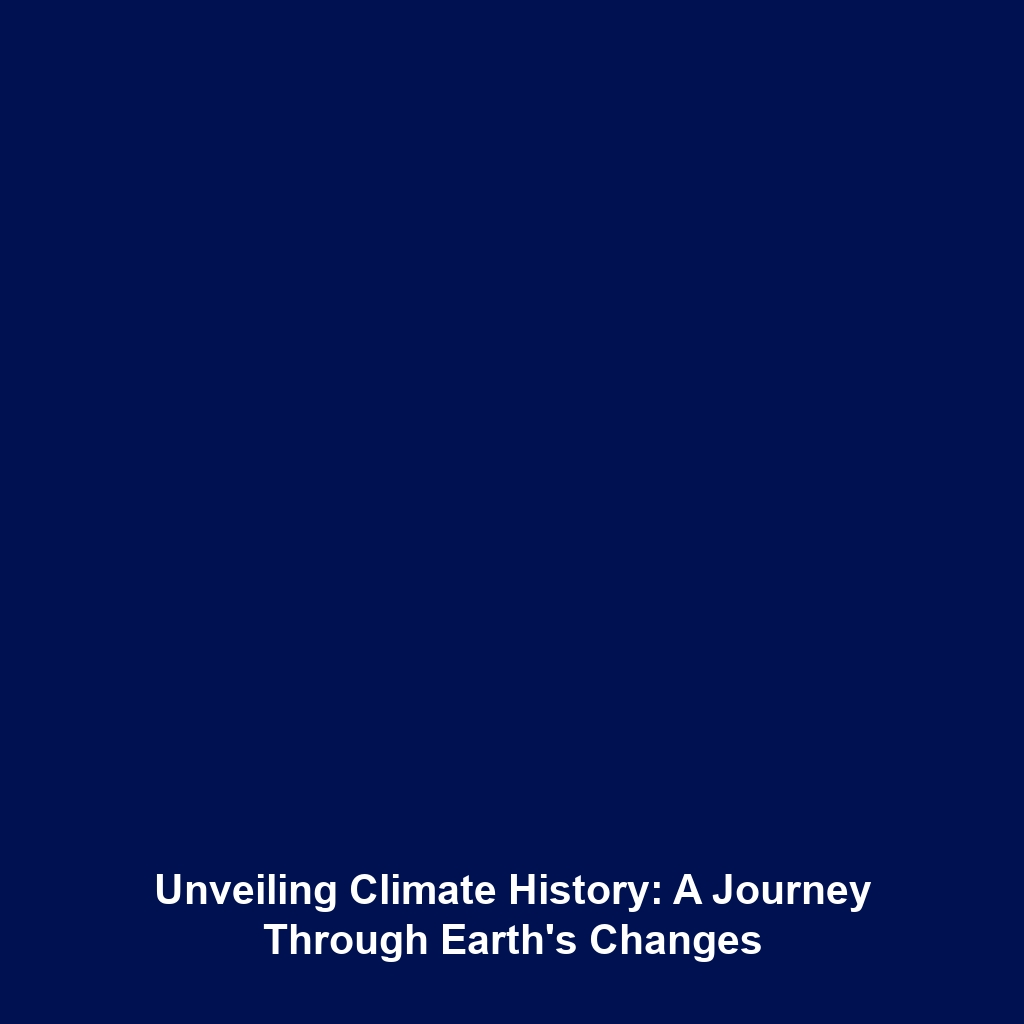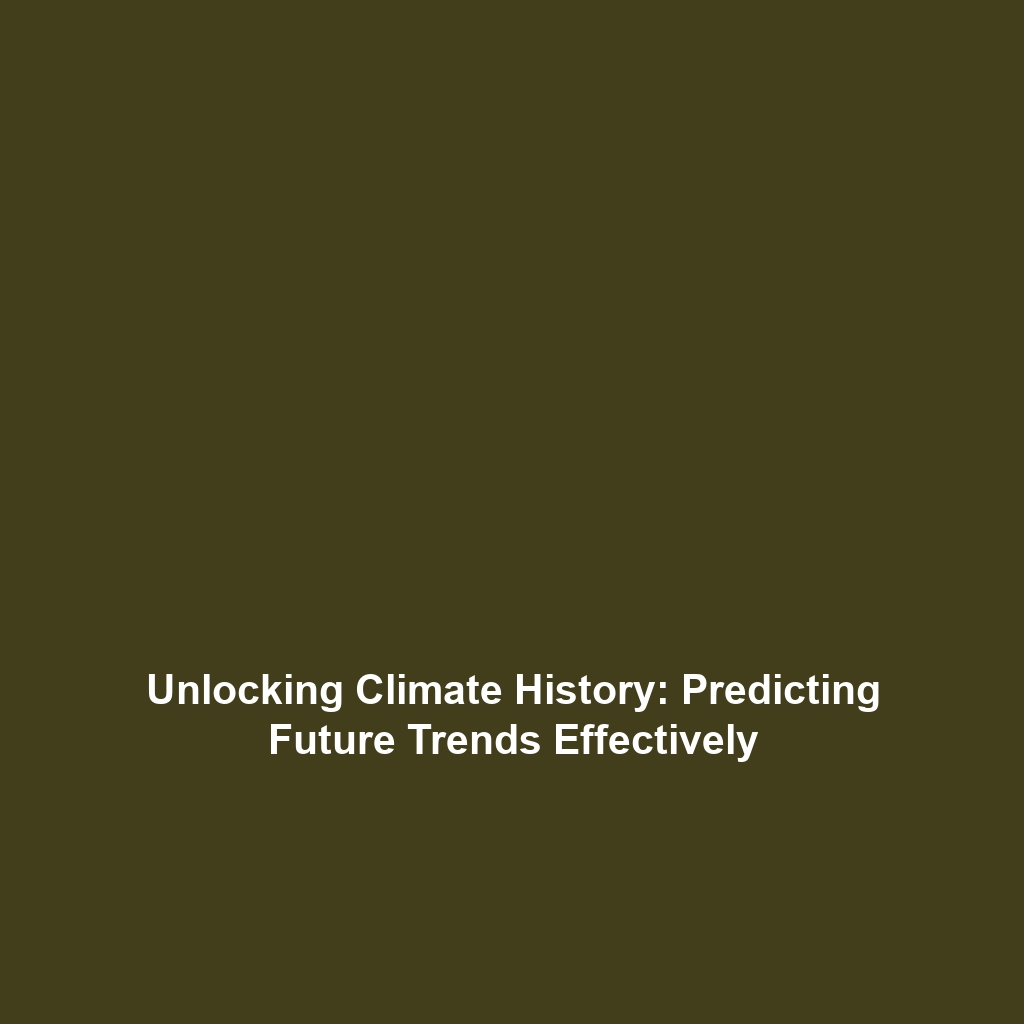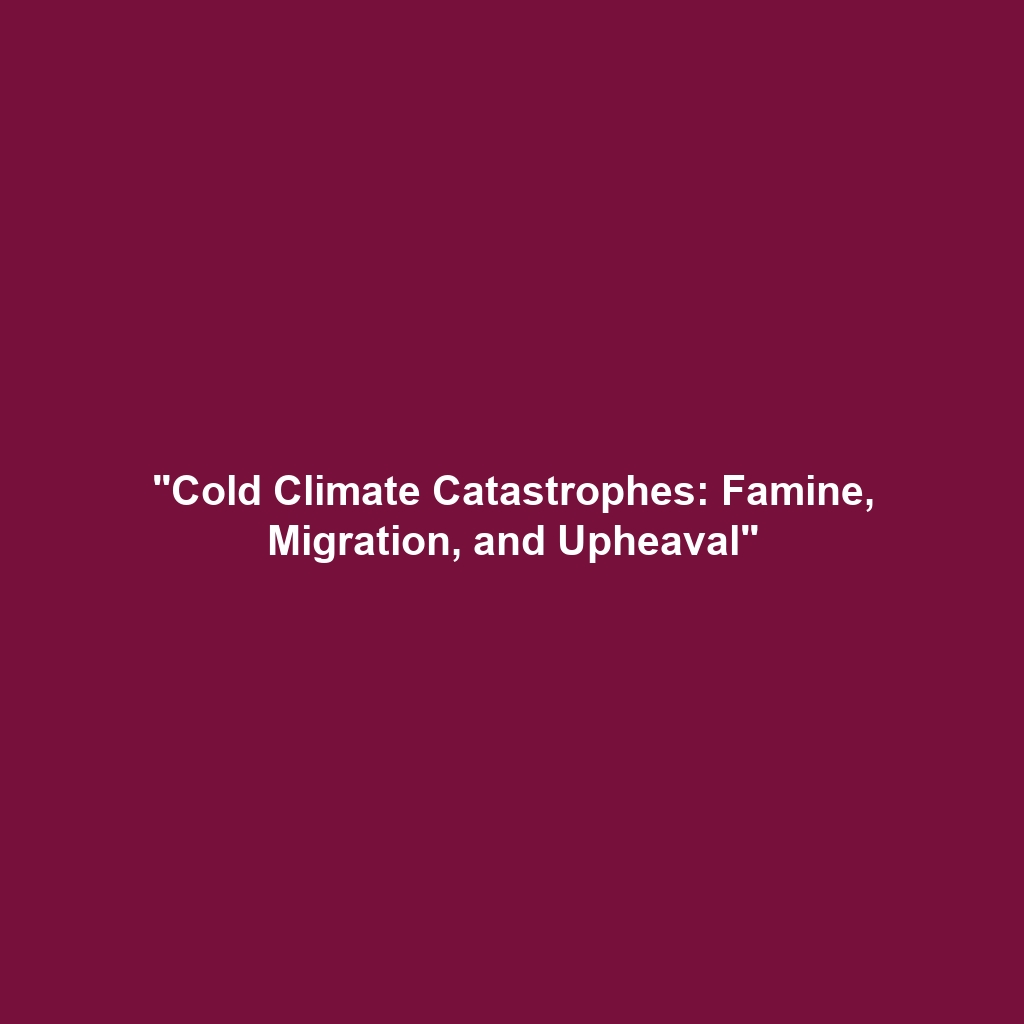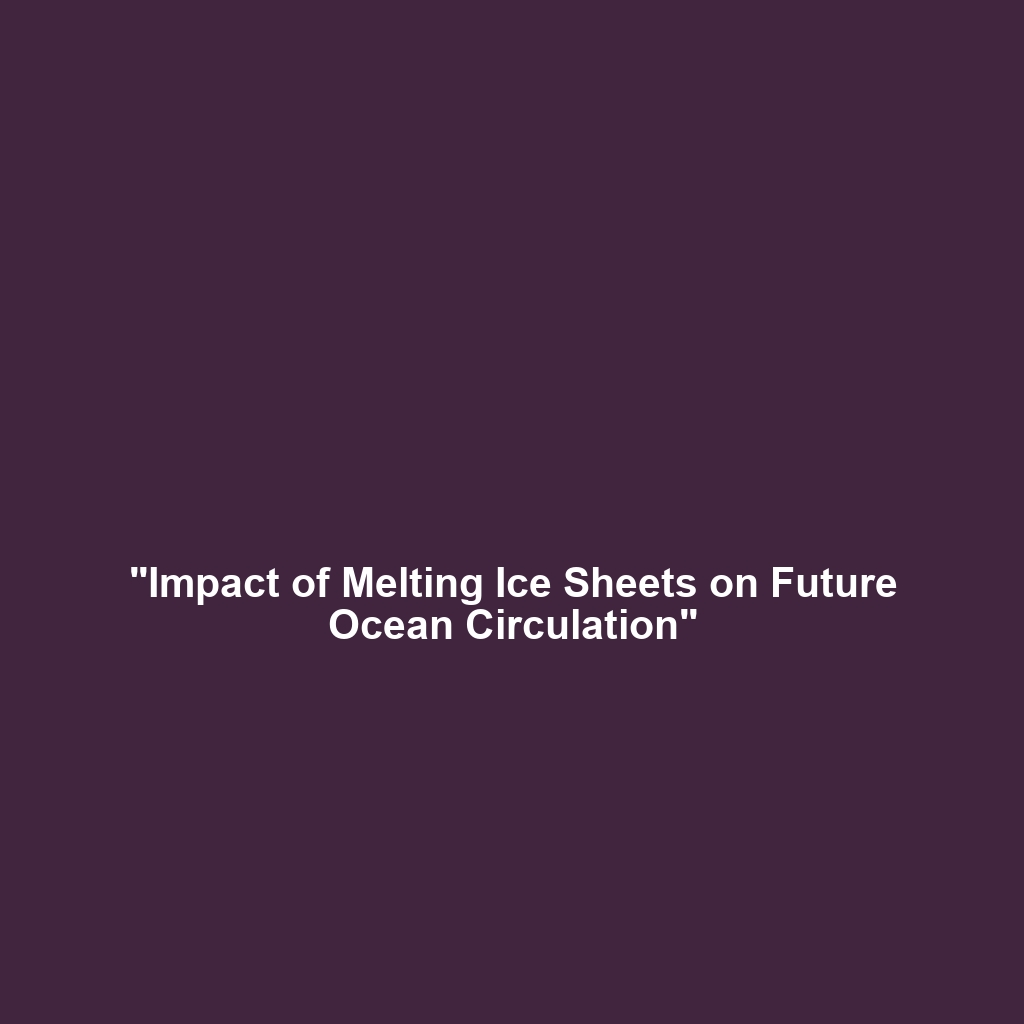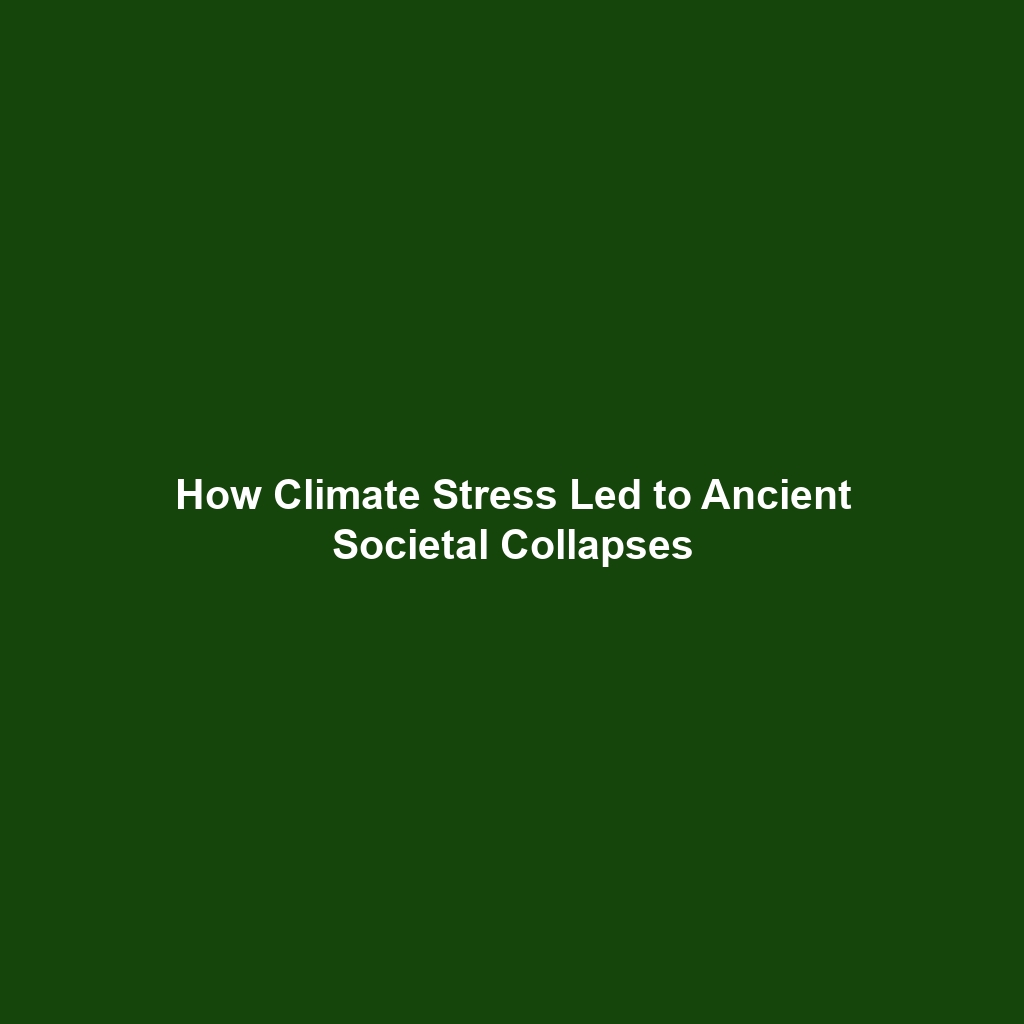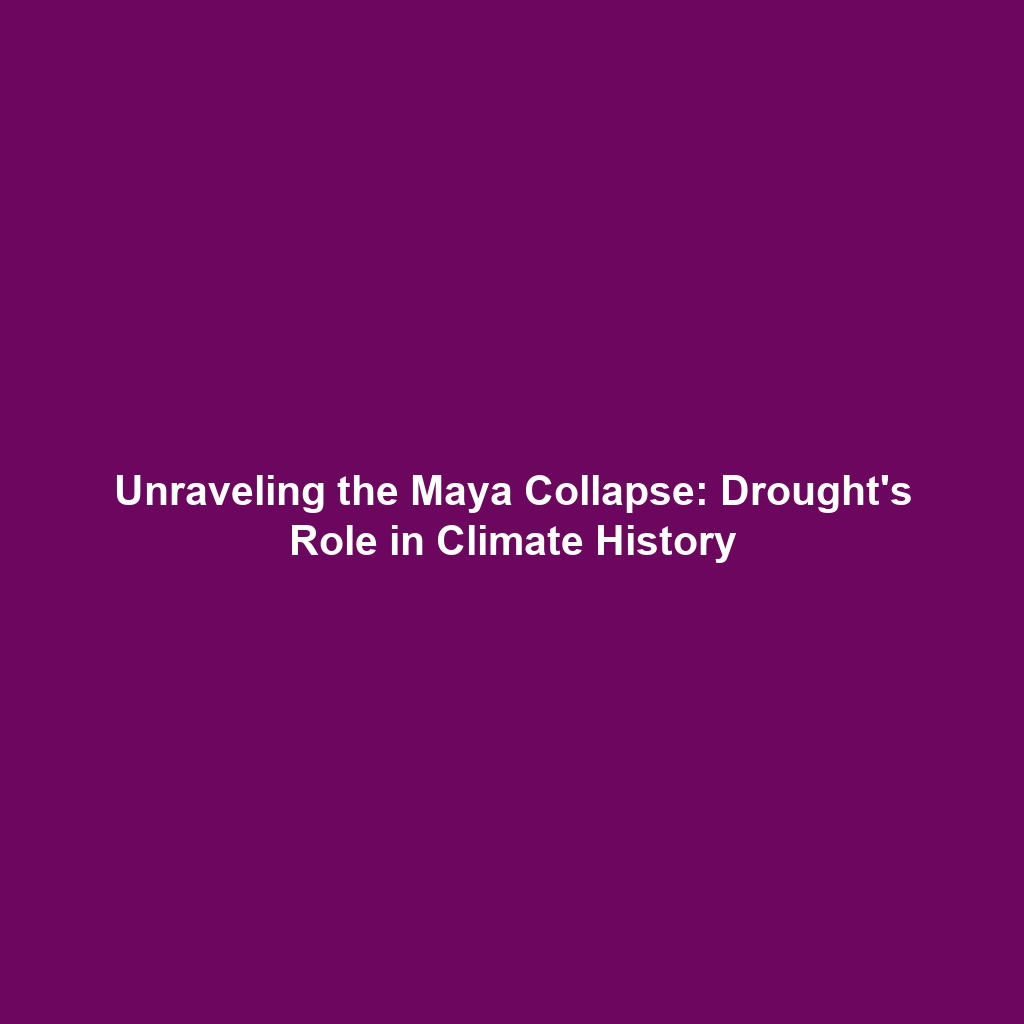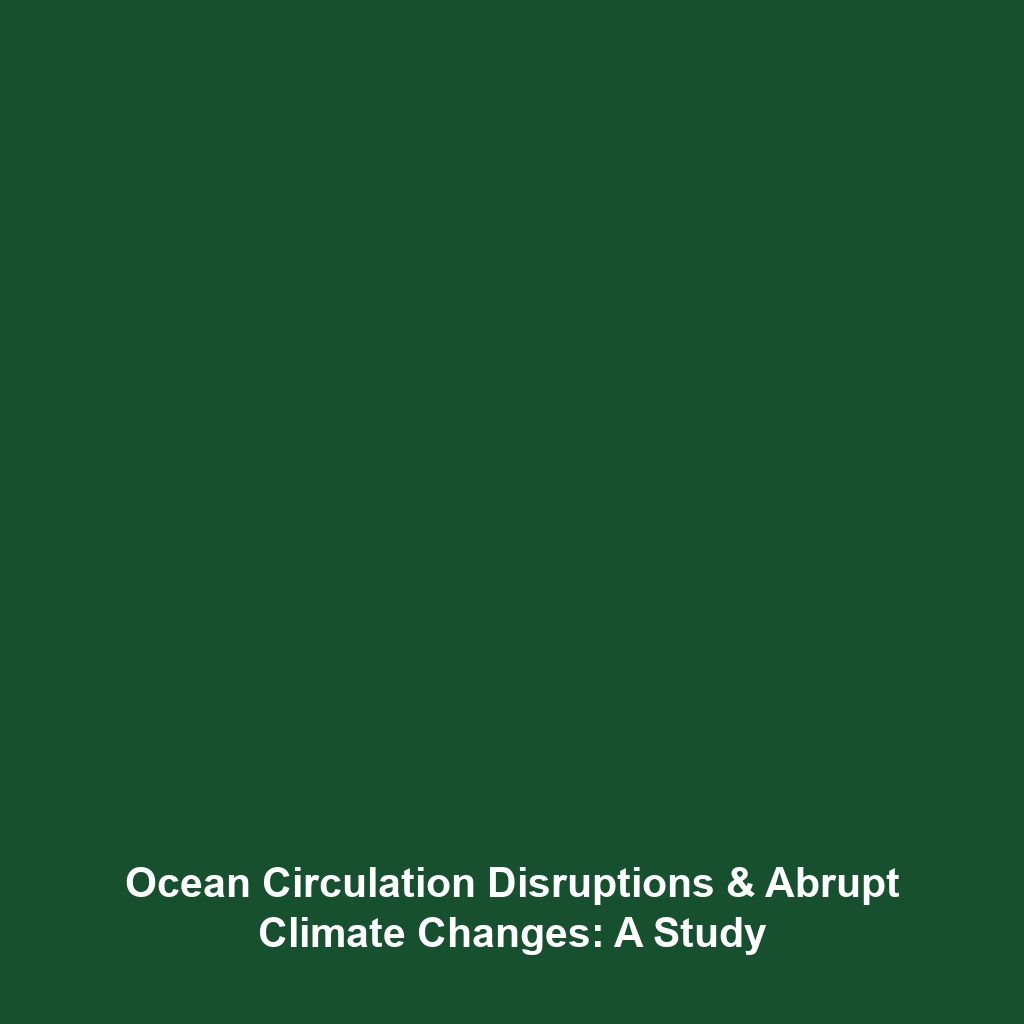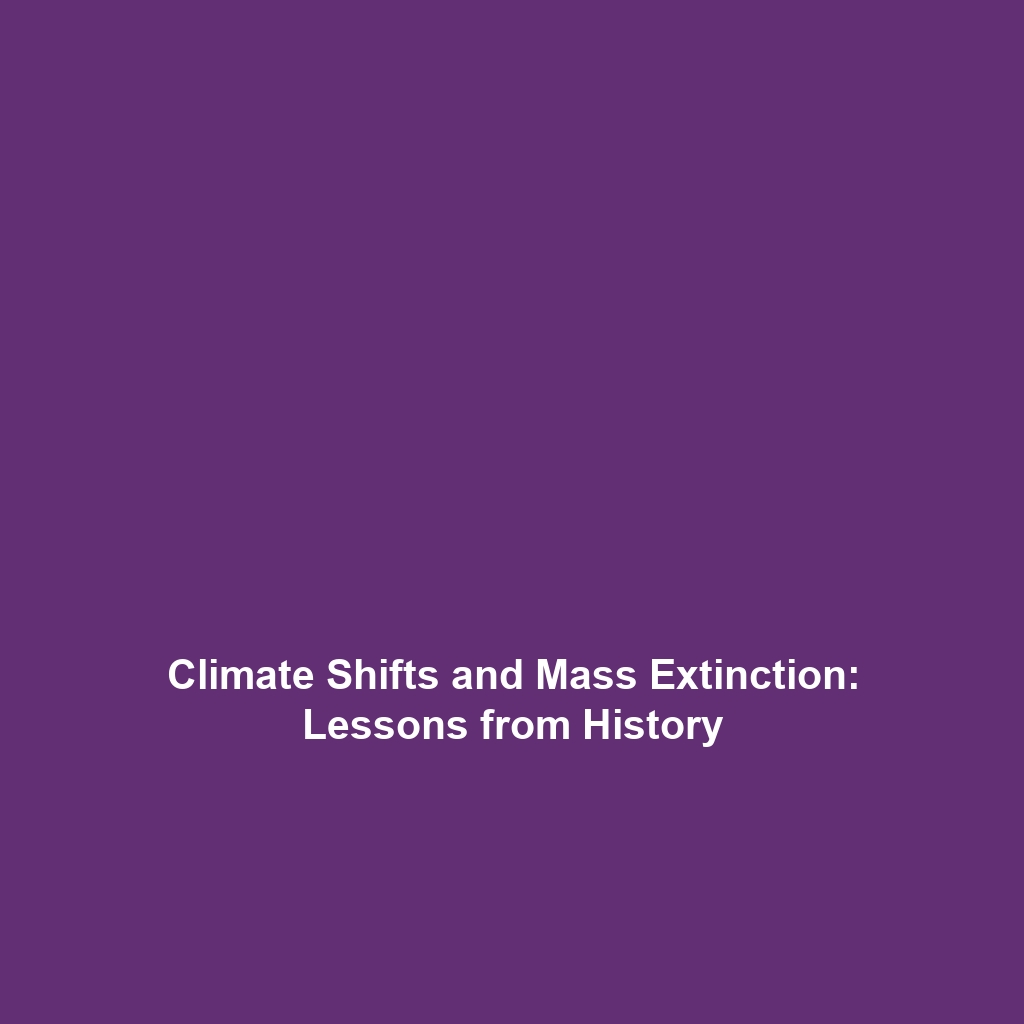Large Asteroid Impacts and Short-Term Climate Cooling
Introduction
Large asteroid impacts represent significant events in Earth’s climate history, particularly due to their ability to induce dramatic, short-term cooling. When an asteroid collides with Earth, it releases immense amounts of dust and aerosols into the atmosphere, leading to a temporary but profound disruption of the climate system. Understanding the implications of these impacts is crucial for comprehending historical climate change and its effects on biodiversity. This article explores the mechanisms by which asteroid impacts influence climate, their historical significance, and their relevance to current environmental studies.
Key Concepts
Mechanisms of Cooling
Asteroid impacts can unleash vast quantities of debris into the atmosphere, including fine dust and aerosols. These particles scatter sunlight and inhibit solar radiation from reaching the surface, resulting in a decrease in temperatures. The cooling effect can persist for months to years, depending on the size of the impactor and the amount of material ejected.
Historical Context
In the broader context of climate history, large asteroid impacts contribute to significant shifts in Earth’s climate. Events such as the extinction of the dinosaurs approximately 66 million years ago have been linked to asteroid impacts, demonstrating how climate can be altered drastically and abruptly. Understanding these events is vital for reconstructing past climates and predicting future trends.
Applications and Real-World Uses
Researching the impacts of large asteroids on climate history has various applications:
- Climate Models: Data from past asteroid impacts helps refine climate models used by scientists to predict future climate scenarios.
- Disaster Preparedness: Understanding potential climate disruptions from asteroid impacts aids in formulating strategies to mitigate risks associated with such events.
- Public Policy: Insights into climate variations driven by historical events can inform environmental policies and climate action initiatives.
Current Challenges
Despite the importance of studying asteroid impacts, several challenges exist:
- Data Limitations: Historical data on climate responses to impacts are often incomplete, making it difficult to draw definitive conclusions.
- Modeling Complexities: Accurately predicting the climate impacts of different-sized asteroid collisions requires complex modeling techniques that are still in development.
- Public Awareness: There is a general lack of public awareness regarding the possible effects of asteroid impacts on climate, complicating policy discussions.
Future Research and Innovations
Future research efforts may focus on the following areas:
- Advanced Simulation Technologies: New computational models may improve prediction accuracy of climate outcomes post-asteroid impact.
- Interdisciplinary Studies: Collaborations between geologists, climatologists, and astronomers can yield a more comprehensive understanding of impact events.
- Real-Time Monitoring: Innovations in monitoring technologies can provide early warnings for potential asteroid threats and their climatic implications.
Conclusion
In conclusion, large asteroid impacts play a pivotal role in shaping climate history through the release of dust and aerosols that can result in significant cooling events. Understanding these phenomena is essential for both appreciating the history of Earth’s climate and preparing for potential future events. Further research in this area will not only enhance scientific knowledge but will also facilitate better policy-making in response to climate challenges. For more information, explore our articles on climate dynamics and asteroid impact history.

